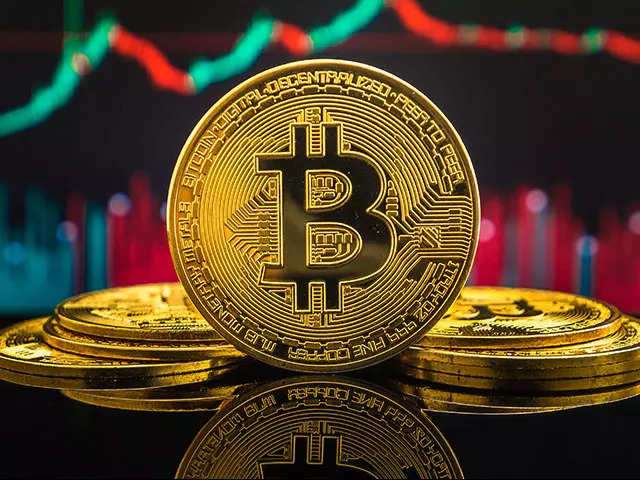In the world of currencies, value lies in scarcity. The developers of cryptocurrencies understand this well enough to have created several mechanisms to ensure that excess circulation and availability of cryptocurrencies don’t become a thing. Every crypto asset thrives in two major values; liquidity and scarcity — they thrive on how easily they are transacted and how rare they are.
Now, there’s a code on a blockchain, written in the form of a smart contract, that determines the maximum production, supply, and availability of every cryptocurrency. It is called a hard cap — the specific amount a cryptocurrency reaches before it stops being issued.
Narrowing this down to Bitcoin, what happens when Bitcoin reaches its hard cap? Where would the Bitcoin fractions with which miners are incentivized come from? Are there other incentives in place that would match up miners’ efforts?
Bitcoin Hard Cap; What Would Happen To Miners?
Bitcoin has been programmed to stop at 21 million units as its hard cap standard. This means after 21 million units of Bitcoin have been produced, there shall be no circulation of newer Bitcoin units.
Here’s a breakdown. Miners exist on the Bitcoin blockchain, solving complex computational problems to add security to the system and to facilitate the transactions carried out therein, thereafter, they are incentivized with some Bitcoin fractions.
Attached to Bitcoin transactions are mining fees that get across to the miners too. So, it is highly likely that miners’ rewards after the surfacing of hard cap, would only come from the fees attached to transactions without the inclusion of Bitcoin fractions.
Miners can only strike a balance by charging higher fees that match their efforts, especially for high-value transactions.
Would The Bitcoin Units In Circulation Be Sufficient After Hard Cap?

It is just unavoidable that certain conditions would threaten Bitcoin’s availability after the hard cap is reached. This is because, in reality, not all available Bitcoins are in circulation. Some are technically gone; this is with cases of losing access to a Bitcoin wallet’s key and other instances where people die without granting anyone access to their Bitcoins.
Other times too, Bitcoin units are mistakenly lost upon being sent to erroneous wallet addresses. You would agree that, over time, the accumulation of these losses and shortages from different occasions would place an unhealthy Bitcoin scarcity in the Bitcoin community. Except, of course, there’s a code for hard cap extension.
People who use automated crypto platforms are less likely to suffer these losses though. For instance, a user that signs up on Dart Africa can easily have his Bitcoin converted to local currency and not suffer a loss from sending to an erroneous wallet in the course of conversion.

How Long Is It Before Bitcoin Reaches Its Hard Cap?
There’s still a bit more time before the Bitcoin hard cap is reached though. As of early 2023, precisely January, 19.39 million Bitcoin units have been mined already. This means 1.7 million Bitcoin units are yet to be issued into the system.
A possible way to solve the possible scarcity that would be encountered when Bitcoin reaches its hard cap is if there’s a code that sends a notification to every Bitcoin wallet. For instance, if the Bitcoin units in that wallet reach a specific amount of years without being used for transactions. Then a notification would be sent to the wallet and must be confirmed by a user. Only then would the system be sure the coin is still under the custody of a living being. But if it’s not confirmed, then the Bitcoin therein should be recycled back into the system, and possibly used as incentives for miners.
In all of these, we would still leave room for uncertainties as blockchain technology is in an ever-evolving stage with tendencies of many eventualities that presently, can seem impossible.
How Can Bitcoin Hard Cap Be Increased?
Hard cap is not an ordinary word-of-mouth statement; it is written and encoded in the Bitcoin source code — and the collective nodes on the network enforce it. So, currently, Bitcoin’s hard cap is 21 million units and the production would not exceed this said amount.
Bitcoin supply and circulation is very much pivotal to its value. And this is never to be taken with levity. When Satoshi created Bitcoin, he strictly instilled production limitations for the reason of Bitcoin to serve as a storehouse of value that could simultaneously suffice for investment and as money.
Conclusion
Conclusively, when Bitcoin reaches its hard cap, there shall be no more issuing out of newer ones on the blockchain. Miners would only get incentives from fees attached to transactions. Except if there is a modification in the long run (which there likely wouldn’t be), it would remain this way.



